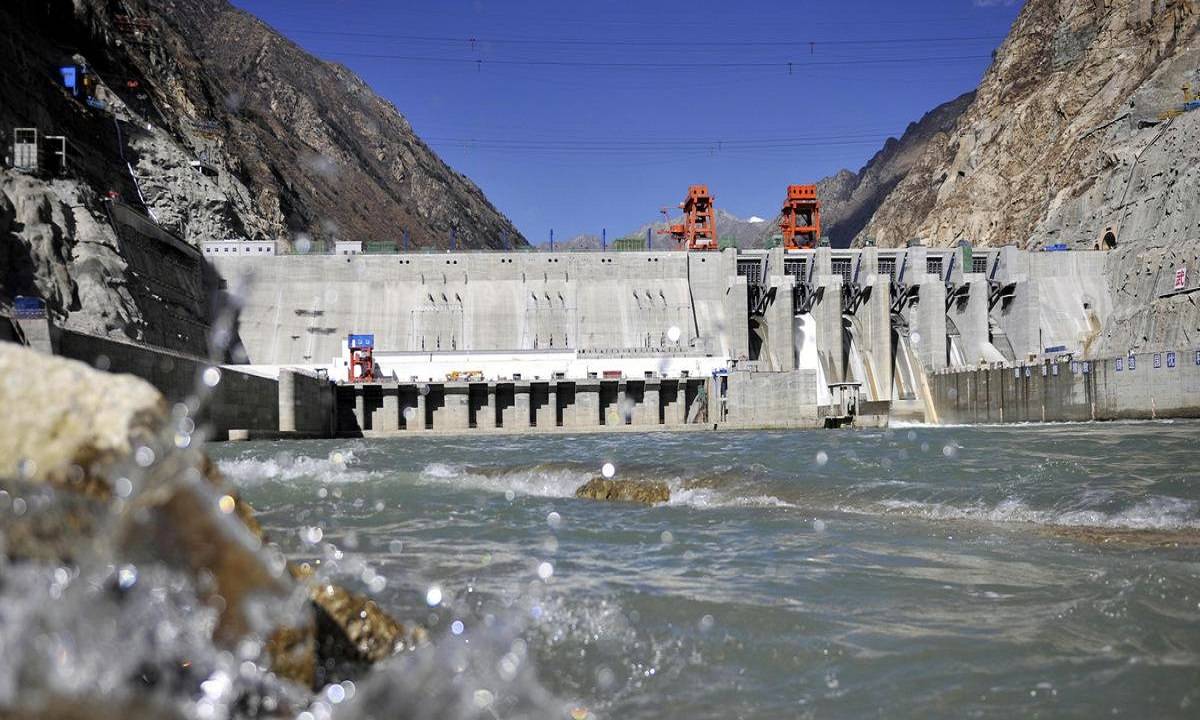
A group of organizations located in Arunachal Pradesh, one of which is a coalition of farmers, have requested the state government to cancel an agreement to implement a 10,000 MW hydroelectric power project on the Siang River.
Siang, which originates from Tibet, is among the trio of rivers that join together to create the Brahmaputra River in Assam downstream. The Siang Indigenous Farmers' Forum (SIFF) and Indigenous Rights Advocacy Dibang (IRAD) have criticized the State Government for signing an agreement with the National Hydropower Power Corporation to construct a large dam without consulting the local people. They have warned of a protest if the initiative is not abandoned.
According to Tasik Pangkam, the President of SIFF, the proposed mega project would endanger the survival of the Adi community in the Siang River region and leave them without any land. He illustrated his point by mentioning how the Chakma and Hajong people were compelled to flee to India in the 1960s after being displaced by the Kaptai Hydroelectric Project in present-day Bangladesh.
According to Pangkam, the 10,000 MW project would not only result in the submergence of downstream villages and the displacement of tribal communities in Arunachal Pradesh but would also have irreversible consequences on neighbouring Assam.
He stated that he and his organization had been protesting against large dams for 13 years and were not willing to surrender easily. He criticized the authorities for not seeking the opinion of the people and conducting public hearings before proceeding with the project.
Pangkam recently attended the United Nations Sought Asia Forum on Business and Human Rights event in Nepal, where he appealed to global environmental organizations for support in pressuring India to abandon the Siang project.
Ebo Milli, a lawyer, and member of IFAD, criticized the State Government and NHPC for not revealing the overall effect evaluation of the proposed Dibang Multipurpose Hydroelectric project, which has a capacity of 2,880 MW.
Milli warned the public to be cautious of the government's tactic of designating a forest region as a wildlife sanctuary or protected area to seize control of the land and advance environmentally hazardous ventures.
















